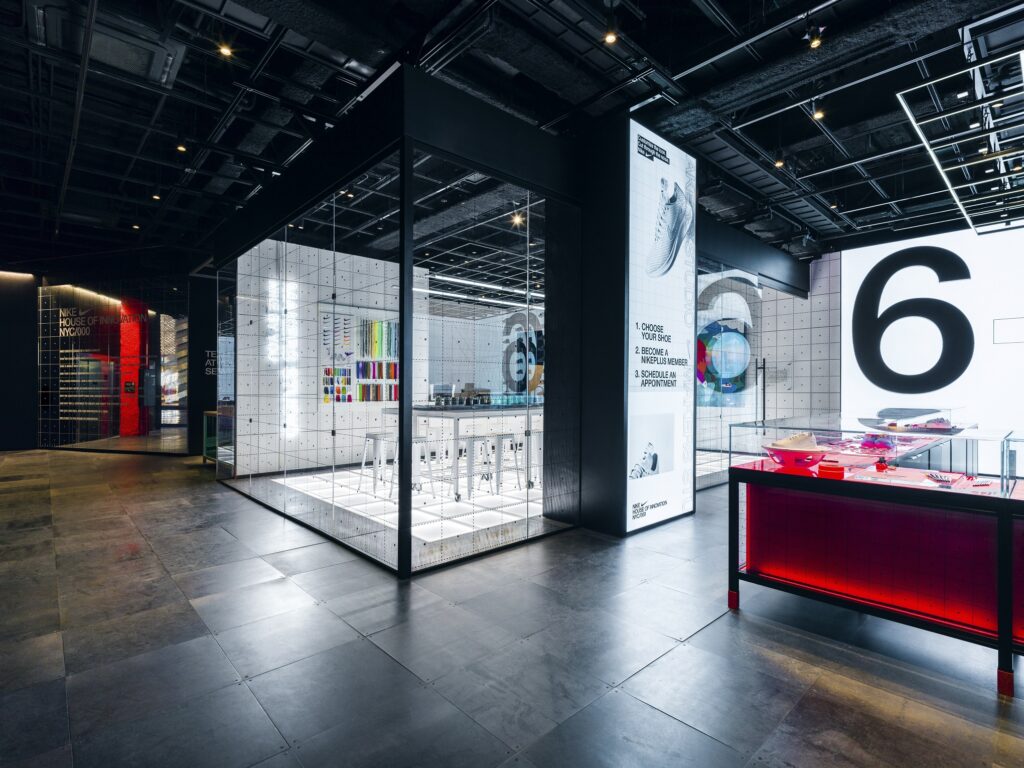
For consumers, new retail technologies are constantly making the shopping experience easier, faster, and more convenient. But for sellers, keeping up with these helpful retail innovations can be quite stressful, especially with today’s highly competitive market. How are new trends shaping the future of marketing?
In recent years, many retailers have used digital technology to merge online and in-store shopping. Tech innovations have shifted the focus of marketing to fitting consumers’ demonstrated interests. New virtual reality, automated inventory, AI customer service, and contactless sales have greatly reduced many companies’ resource waste while increasing their efficiency and sustainability.
Whether you work in the industry or are just a casual shopper, Errol Andam, formerly of Nike and founder of creative experiential marketing agency 10X10 StudioLab, says that being aware of the latest tips, tricks, and trends in retail marketing can save both time and money. Let’s explore some of the up-and-coming technologies shaping the future of shopping.
Omnichannel Marketing: Blending In-Store and Online Retail
To maximize consumer attention, many traditional, brick-and-mortar businesses have started selling and promoting their products online, and those that were once exclusively-online have developed new ways to interact with customers in real-world settings.
During the pandemic, online shopping took on a new level of importance. Delivery systems like Instacart and Amazon Fresh became many people’s preferred method of grocery shopping, while delivery speeds for other online orders also increased in order to meet consumers’ needs for products that were previously purchased in-store.
Many retailers also implemented “buy-online, pick-up in-store” options, which allowed shoppers to select and pay for their items online, skip the aisle-browsing and checkout lines, and still avoid delivery fees. Some retailers even introduced curb-side pick-up, eliminating the need to even leave the car.
Many companies that began fully online have also expanded their methods of delivering and interacting with customers. One of the clearest examples is Amazon, which began as an entirely online “mall” and has now become the most successful retailer worldwide.
New AmazonGo stores, Amazon lockers, and item pick-up/return stations in other retailers’ store locations are showing the moving trend toward contactless shopping without delivery.
Technology in Customer Service
Although self-checkouts have been around for decades, they are now appearing in most large-scale retail chains, from regional grocery stores to big-name retailers like Walmart, Target and Costco. Another, somewhat newer trend is the wide-scale adoption of contactless payment systems like smartphone proximity payments.
With these shifts, employees have begun to fill new roles. Instead of being baggers and manning cashiers, they are often trained to troubleshoot self-checkout machines and monitor for petty theft.
AI, IPS, AR, and IoT technologies have also impacted customer-retailer relationships. In physical store settings, many customers now use Indoor Positioning Systems (IPS) accessible via smartphone to locate products, rather than asking store associates as they would have in the past.
In the online context, Artificial Intelligence (AI) chat services are often used to address customer questions and complaints, which can help to avoid long wait times on the phone. Augmented Reality (AR) can likewise help consumers by allowing them to visualize a product in their home or visually try on an article of clothing before deciding whether to actually purchase.
In addition to helping customers navigate the store, IPS allows retailers to monitor and track where customers go and what items catch their attention. This data can then be used to optimize sales through optimizing product placements. AR can further aid these decisions by showing potential improvements to shelf layouts.
AI and Internet of Things (IoT) technology can also help retailers to keep track of inventory, know when and what to restock, and even predict future trends. Stock information and future predictions are also beneficial when it comes to reducing wasted merchandise, emissions, and transportation labor.

Trends in Brand Building and Attracting Customers
With the rise and growth of social media, online advertising has become by far the most popular and efficient way to reach consumers. In addition to pop-ups, banners, and image-based ads embedded in websites, many retailers also use brand-partnerships, influencer promotions, and product review incentives on social media to drive sales ever higher.
Creating and being active on their own social media accounts can help retailers to build a brand identity. In an economy driven by competition and innovation, aligning with a specific cause like veganism, sustainability, or gay pride can help make a brand memorable, regardless of how similar their product might be to others on the market.
The same goes for getting the endorsement of a well-known influencer, star, or athlete, or becoming a headline sponsor for a specific event, like the Boston Marathon or the Super Bowl.
The modern retail market has no shortage of options when it comes to promoting any given product with any of the countless price comparison tools always available. Building customer loyalty can go a long way for helping a business succeed, and many brands offer rewards programs or inside-access coupons to those who join their email list or follow their social media accounts.
People want to stand by a brand that makes them feel good about their choices, and keeping a positive online presence and promoting sustainability are only a few of the tried-and-true strategies for gaining and maintaining consumer engagement.
Conclusion
New technologies have revolutionized modern marketing and retail strategies. To stay competitive, many retailers are adopting new smart monitoring technology, AI customer support, and contactless check-outs. Building a brand image online through social media and sponsorships, as well as supporting a specific cause, can all help retailers gain consumer attention and loyalty.

